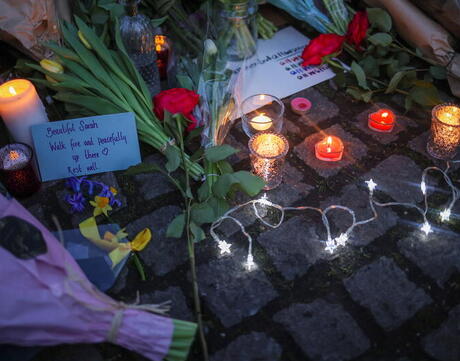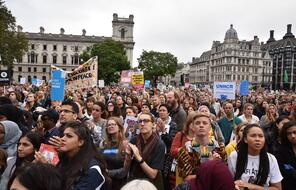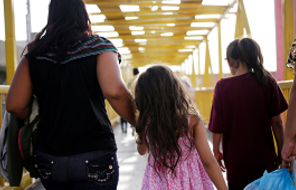The high profile murders of sisters Bibaa Henry and Nicole Smallman in June 2020
, of Sarah Everard in March 2021
, and of Sabina Nessa in September 2021
(all women living in London, who had their lives ahead of them and were murdered by strangers) shed a light on the endemic nature of violence against women and highlighted the fatal impacts of gender inequality: treating women as inferior puts them at risk from those who view themselves as superior and who believe they have a right to women’s bodies and lives. Vigils, organised by Reclaim These Streets, were held to pay respect for the victims and the countless other women who have died at the hands of men, and to also demand an end to misogyny, femicide, and the harassment of women.
That Nessa was murdered the week before the trial of Everard’s killer, the police officer Wayne Couzens, who abused his powers to abduct, rape, and murder Everard, heightened the media attention on violence against women and the need to act to prevent further deaths.
Violence against women is a real and growing problem in the UK. According to a report by the Ministry of Justice, approximately 85,000 women are raped per year, compared to 12,000 men.
Women are also more likely to be victims of domestic violence: in 2018/2019, in 75% of domestic-abuse related crimes and 74% of domestic homicides, the victim was female.
According to the Office for National Statistics, the number of women dying in domestic homicides is on the increase.
And, according to the femicide census, a woman is killed every three days by a man in the UK (this includes men known to the victims and strangers).
The lack of mainstream media coverage that Nessa’s murder initially received, particularly when compared with that of Everard, has raised questions about racial bias in the news.
Nessa was of British-Bangladeshi heritage, whilst Everard was white. The discrepancy in news coverage between the two cases led to a social media campaign calling for justice.
This campaign used the hashtag #SayHerName, a clear nod to the Black Lives Matter movement: #SayHerName was first used to protest against police brutality and to fight for racial justice after Breonna Taylor was murdered by police in the United States in March 2020.
The use of the hashtag and the social media backlash drew attention to the fact that, due to Nessa’s identity as a woman of colour, her case was not initially given the attention it deserved.
As the founders of the Femicide Census Clarrie O’Callaghan and Karen Ingala Smith note, ‘There is a pattern in who is unremarked and who gets national, significant media and state attention. Inequalities of class, race, age, lifestyle and disadvantage even make a difference in death. There should be no hierarchy of dead women.’
In an article naming the 81 women killed at the hands of men in the 28 weeks after Everard’s death, Karen Ingala Smith highlights why such an ‘appalling hierarchy of victims’ is problematic: ‘Each of these women will have died in terror and pain, just like Sarah. Each one leaves behind grieving friends and family for whom the loss will last a lifetime.’
Activists such as Aviah Day, however, caution against viewing 'murder victims through the prism of privilege,' arguing that such a focus shifts attention away from the need to end gendered and state violence.



















